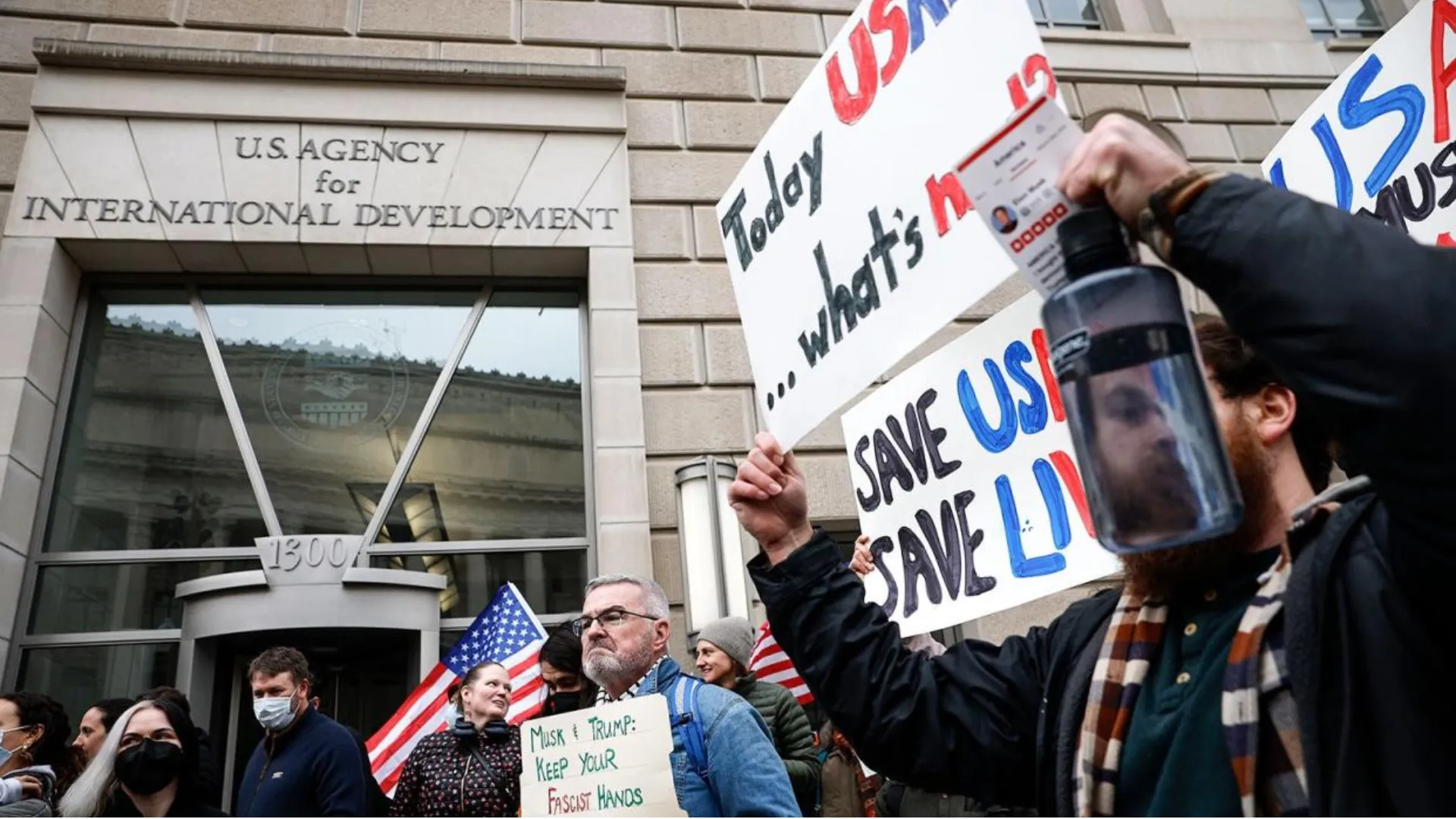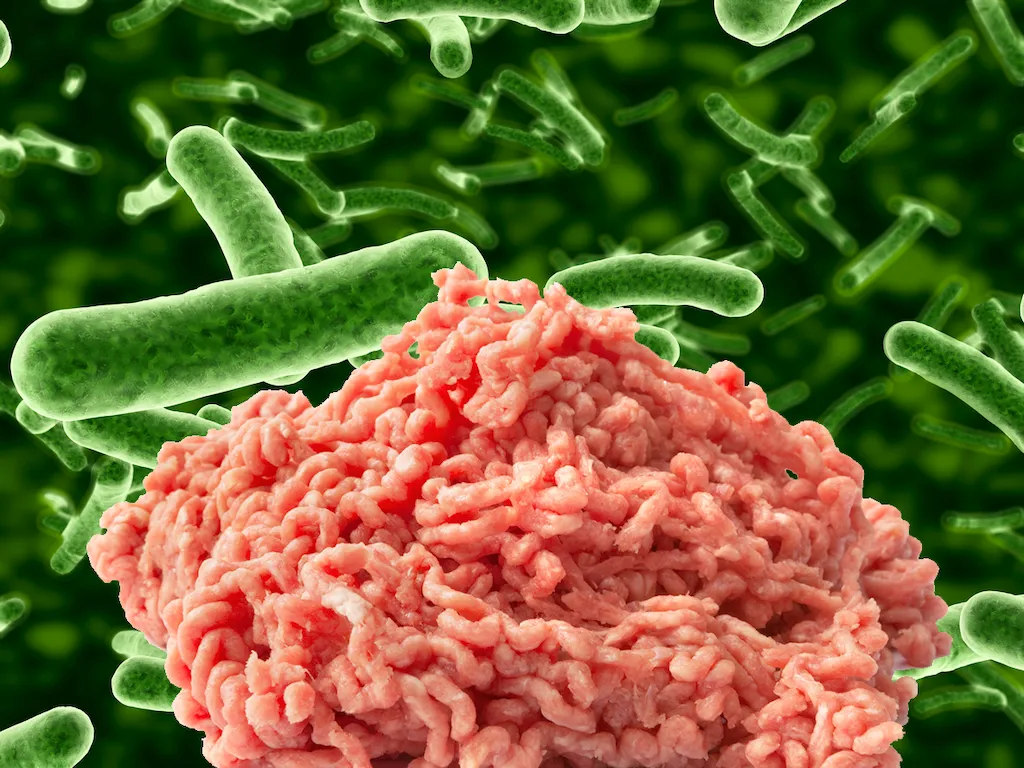
In Los Angeles, a significant portion of the efforts to combat California’s relentless wildfires relies on an unlikely group: incarcerated individuals. According to the California Department of Corrections and Rehabilitation, nearly 1,000 inmates have been working alongside professional firefighters to control the massive blazes threatening communities.
These individuals, often overlooked in conversations about wildfire mitigation, are taking on critical roles in the front lines of these efforts.
The inmates participating in this program earn wages far below standard firefighter salaries. During emergency situations, they receive between $5.80 and $10.24 per day, depending on their skill level. In addition, Cal Fire supplements their earnings with an extra $1 per hour.
Despite these modest wages, their labor adds up over the course of grueling 24-hour shifts. Even the least experienced among them can expect to earn at least $26.90 per day. While the pay may seem negligible, their work has a significant financial impact, saving California an estimated $100 million annually in firefighting costs.
Royal Ramey, a former inmate who participated in the firefighting program, shared his perspective in an interview with CNN. Pardoned by Governor Gavin Newsom in 2022, Ramey emphasized the equivalency of the tasks performed by inmates and professional firefighters.
“Pretty much it is the same work,” he explained. “We’re out there. We’re in the front lines. We’re utilizing tools. We’re going out and we’re out there cutting line and doing our thing.”
Meanwhile, the wildfire crisis continues to unfold across Los Angeles, leaving devastation in its wake. The Palisades Fire, which began in the coastal Pacific Palisades area, has already consumed thousands of homes and structures.

The fire has now spread further inland, covering 21,596 acres with only 11% containment reported. Communities across the region, including students at the University of California, Los Angeles (UCLA), and staff at the iconic Getty Center, remain on high alert as firefighters race to contain the blaze.
The fire’s advance into Mandeville Canyon and its approach toward Interstate 405—one of Los Angeles’s busiest highways—has heightened concerns. Authorities are working tirelessly to protect additional neighborhoods, especially with forecasts of stronger winds and dry conditions threatening to exacerbate the situation in the coming days.
Several key areas face immediate danger. At UCLA, the university has issued evacuation warnings for nearby regions, urging students to prepare for potential orders to leave.
Classes scheduled for Monday have been moved online as a precautionary measure. In Brentwood, a wealthy area nestled between the hills and the freeway, the Getty Center has evacuated most of its staff, leaving only emergency personnel to monitor the cultural institution. Residents in the neighboring Bel Air community are also under evacuation warnings.
Further north, the firefight has extended to Encino, a San Fernando Valley neighborhood. Officials issued new evacuation orders on Friday night that now include the Encino Reservoir area.
The U.S. Department of Veterans Affairs has also taken precautions, evacuating residents from its West Los Angeles Medical Center as the fire creeps closer to that facility.
The ongoing blaze has severely disrupted travel across Los Angeles, with multiple freeway off-ramps along I-405 closed by the California Department of Transportation.
These closures have added to the challenges facing residents trying to navigate the city during a period of immense uncertainty.

As firefighters—both professionals and inmates—work around the clock, California’s wildfire season continues to serve as a stark reminder of the increasing dangers posed by climate change. With each passing year, these blazes grow more intense, fueled by a combination of high winds, dry conditions, and the state’s prolonged drought.
The role of incarcerated individuals in battling these fires underscores the vast human effort required to protect lives and property, even as it raises questions about equity and the value of their contributions.
The dual crises of widespread destruction and the reliance on underpaid inmate labor highlight the complex dynamics of California’s firefighting system.
While the program offers inmates the opportunity to engage in meaningful work, it also sparks debates about fair compensation, rehabilitation, and the ethical implications of their involvement. In the end, their bravery and dedication in the face of such perilous conditions stand as a testament to the extraordinary measures required to confront these natural disasters.



